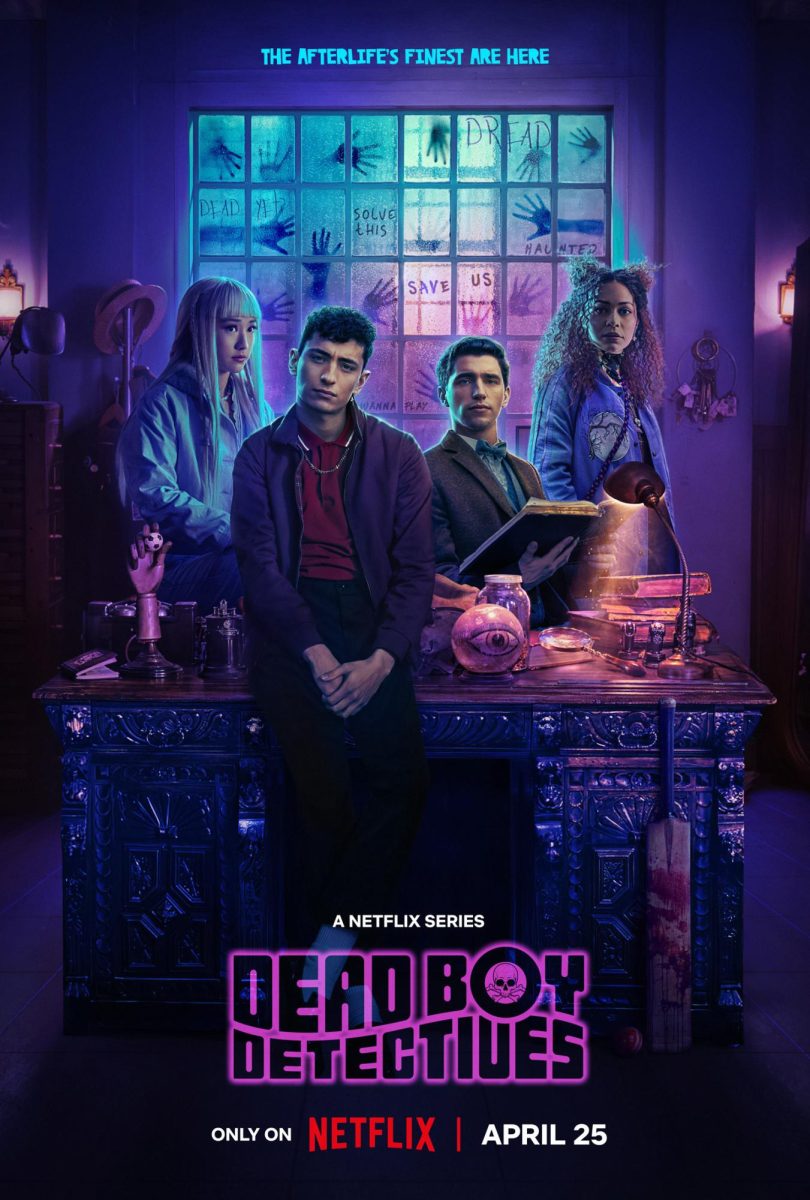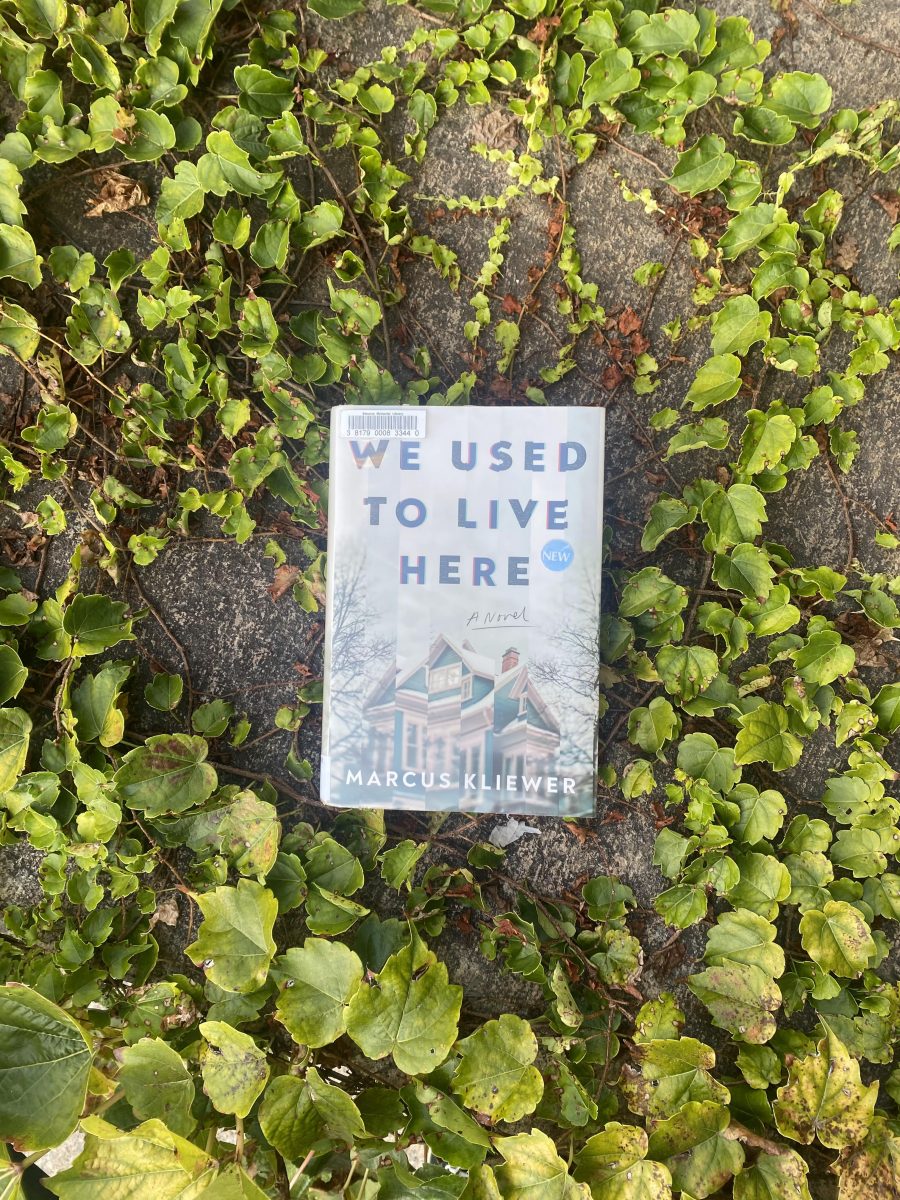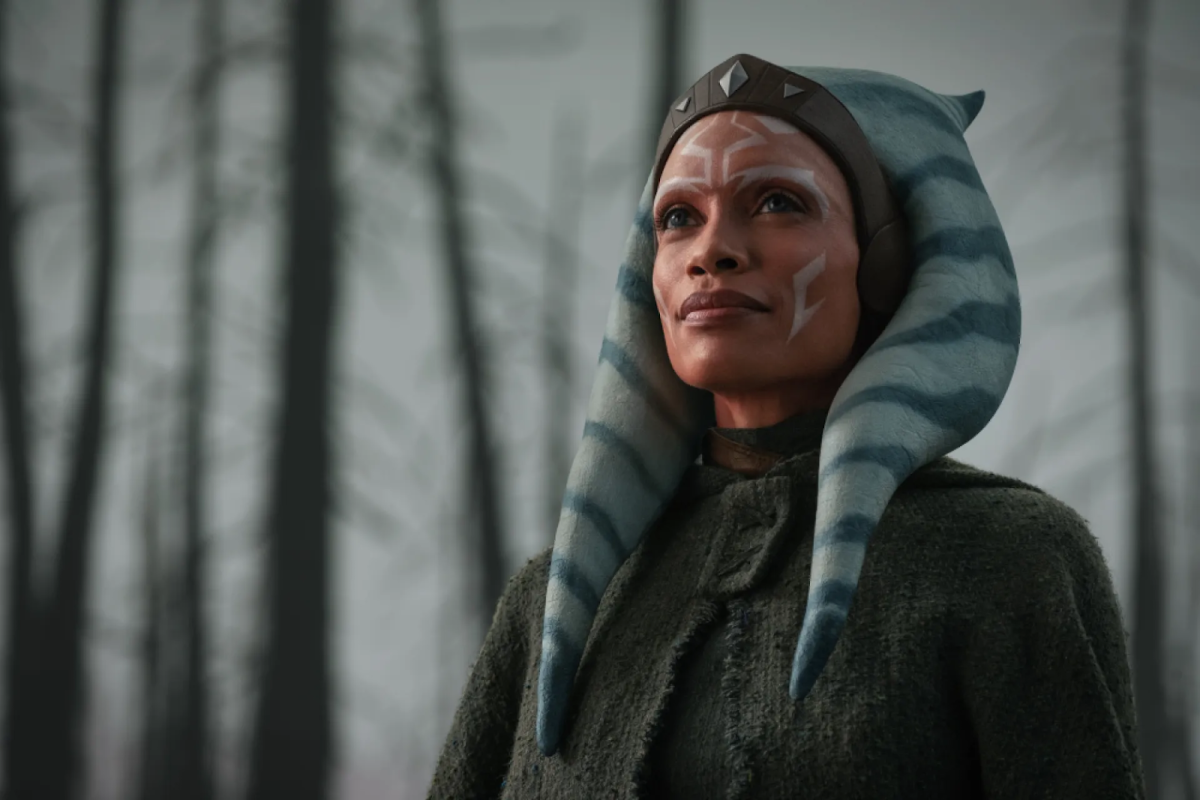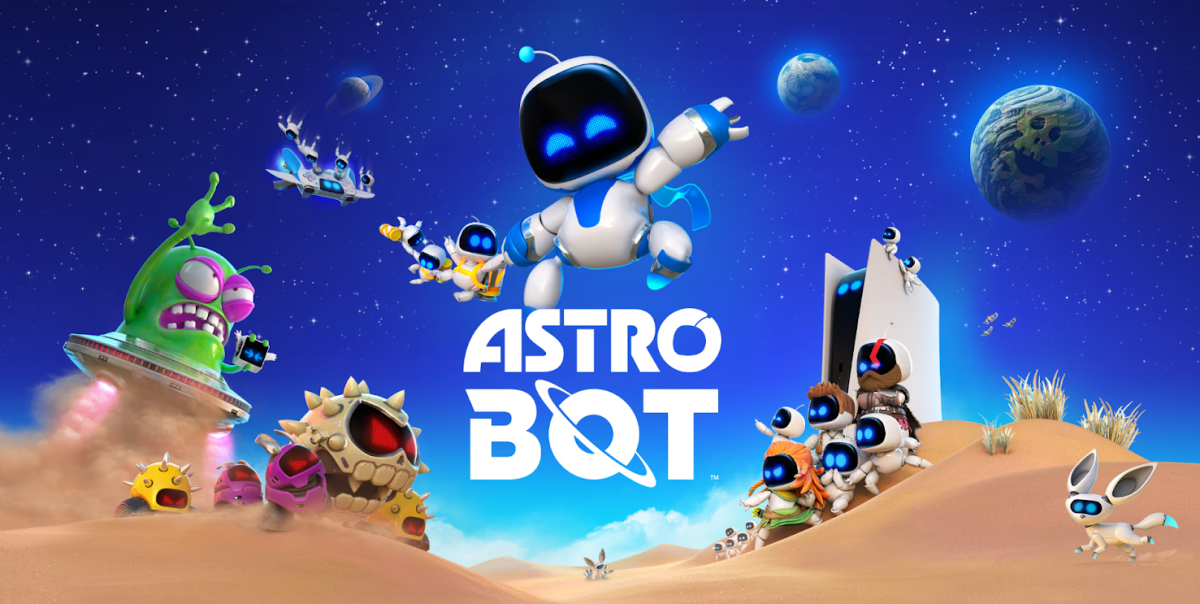
By Morgan Leger
In 1954, William Golding’s novel “Lord of the Flies” was released to the public. While the plot was about a group of boys that crash land on an island with no adults and attempt to create a working society, it contained controversial topics of human nature and individual welfare versus the common good.
“Lord of the Flies” is still a required read in many high school courses, but many readers often dislike it for its dark tone, the disturbing outcome of some characters, and even the grim feel of the ending, despite being uplifting. As with many books, “Lord of the Flies” has been adapted for the big screen twice: one made entirely in Brittan from 1963 and the other from 1990.
While the 1960s adaptation follows the book very closely, the 1990 adaptation takes a very different turn and goes a darker route than audiences expected. It has a more modernized feel and loses a lot of the social
commentary and subtle charm the book had. Instead of British school children, the audience is given a bunch of young American military cadets, which automatically removes the social subtext of civilization at the beginning. Thus, we get a more “survival of the fittest” theme that tends to be more serious than it does in the novel itself. The two head boys, Ralph and Jack, both lack good leadership skills and still compete for who is better ruler.
One tends to be a little more sympathetic with the depiction of Ralph in this version, as he tries to find a way to get himself and the other cadets rescued, but he comes off with a “doormat” personality and the other boys rarely listens to him. Jack, on the other hand, is despised from the start of the film. In the 1963 adaptation, he was a leader of the choir boys and while still coming off as a complete snob, one could sympathize with him and understand how he doesn’t want to leave the island, due to how much control he has among the boys. In this version, he is given a historical background of juvenile delinquency so major, it makes the actions of Bart Simpson appear like preschool.
Jack comes off as less likable and his motivations make the audience want to knock some sense into him. While he still tends to be power hungry, he gets too savage too easily rather than allowing a build up to the madness. Aside from these main characters, there are a few likable characters such as the overweight Piggy and the twins Sam and Eric. They are probably the only sanity in this film to hope for until their fates creep up to them.
While I respect the theme of a civilized world clashing against a more primitive and savage state, the 1990 adaptation of “Lord of the Flies” just doesn’t do justice to the original Golding book. Instead, we are treated to an hour and a half of unnecessary swearing, some gory scenes, and constant bickering among the kids over who has the true iron fist to rule the group. It lacks the subtlety and social commentary that was present in the book and in the 1963 version. With the British kids in the original, it took an interesting turn to show how the civilized can downgrade to a poor state. Rather than follow that, the 1990 version takes a big risk in modernizing it to an uncaring state, and the result is something more cold and harsh then Golding’s novel. While I’m not a fan of the novel, the least I can do is recommend is the classic black and white version.
With the 1963 adaptation of “Lord of the Flies”, you don’t expect how a group of noble boys could turn so savage and grasp the concept of how a simple society can fall apart. But the 1990 version just makes you want to see these militant monsters get off the island sooner.





